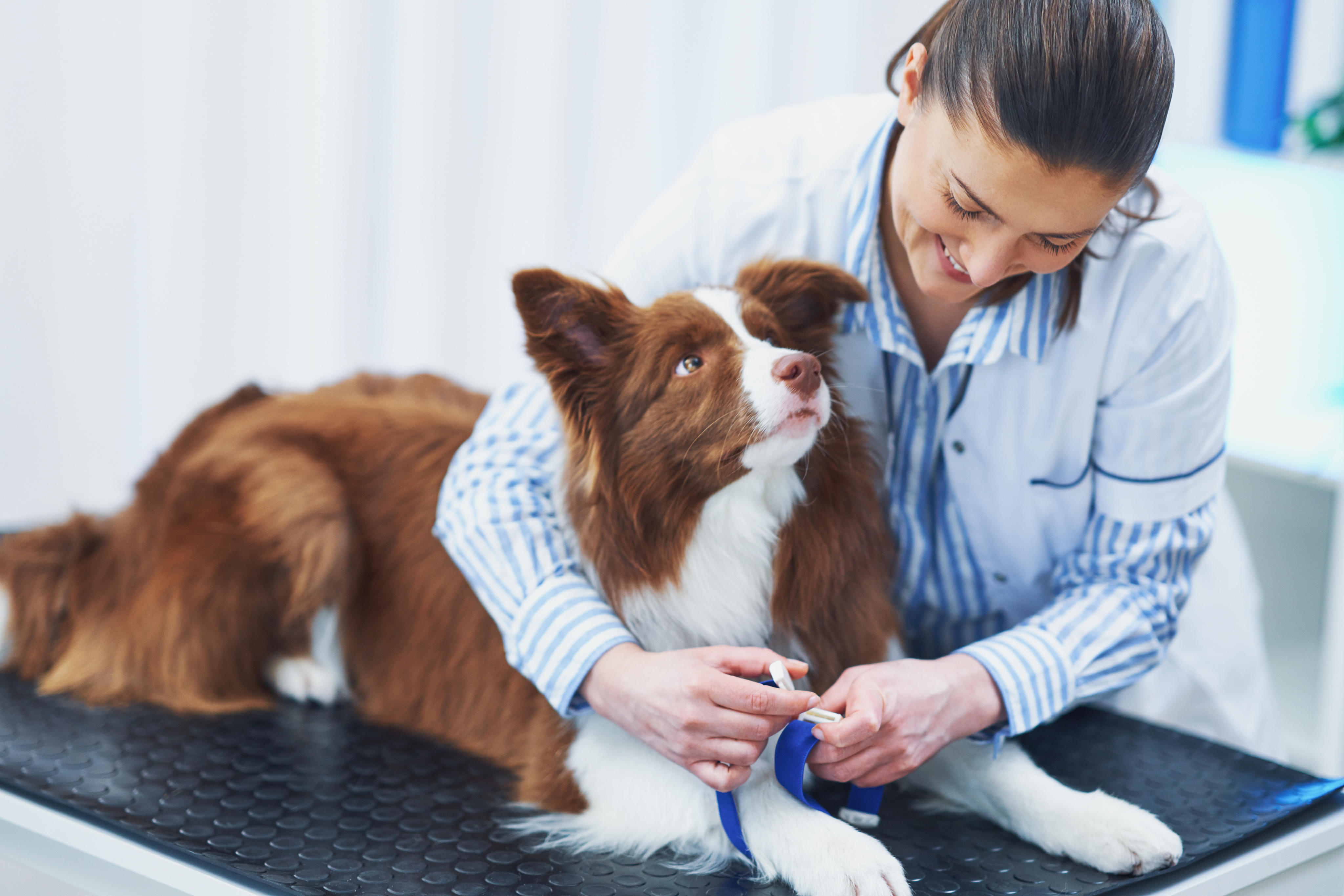Handle vaccines and animals properly for optimal immune response
Dr. Dave Sjeklocha, D.V.M., Technical Services Manager, Merck Animal Health
Successful immunization requires proper vaccine handling and administration, and animals that are in a physiological state to respond to vaccination. Follow these do’s and don’ts to achieve effective immunization:
Do store vaccines at 35 to 45 degrees F.
For modified live virus (MLV) vaccines, store and handle both the vaccine cake and sterile diluent according to label directions. Mixing the cake with warm diluent can greatly shorten or eliminate the effectiveness of the vaccine. Freezing is harmful as well and can damage both MLV and killed vaccines.
For best results, store vaccines in a well-functioning refrigerator and avoid storing products in the door where temperatures can fluctuate. A refrigerator thermometer is a wise investment to monitor temperatures.
Don’t reconstitute too many doses at once.
MLV vaccines should be used within two hours of mixing. If you have 200 calves to vaccinate, don’t mix all 200 doses and then start vaccinating. It’s important to mix as you go and allow for unexpected delays. Discard any unused reconstituted vaccine at the end of the day.
Do mix the vaccine carefully.
When reconstituting an MLV vaccine, use a swirling or rolling motion versus shaking, which can damage the MLV within the vaccine.
Don’t expose loaded syringes to sunlight.
Once mixed, an MLV vaccine should be kept at the proper temperature and out of direct sunlight. Setting a syringe down on a table or tailgate can cause the vaccine to warm up and lose effectiveness. Coolers can be purchased or constructed with openings to insert syringes between vaccinations.
Do protect vaccines from contamination.
Always use a clean needle when filling a syringe from the bottle. Don’t reload a syringe from a bottle using a needle previously used to administer a vaccine to an animal. Sanitize syringes after use, using only hot water for MLV vaccine syringes. Soaps and disinfectants can be used for killed vaccine syringes, but rinse thoroughly.
Don’t overlook employee training.
Make continuing education for all employees a priority. Be sure to fully explain and reinforce protocols for proper vaccine handling and administration.
Do prepare cattle for immunization.
For effective immunization, cattle must be healthy and physiologically able to respond to vaccination. Take steps to reduce stress and remember that animals should be on feed and drinking for optimal vaccine response.
For more information on cattle vaccination, visit MAHCattle.com.




 Go To United States
Go To United States Algeria
Algeria Argentina
Argentina Australia
Australia Austria
Austria Bahrain
Bahrain Belgium (Dutch)
Belgium (Dutch) Brazil
Brazil Canada (English)
Canada (English) Chile
Chile Colombia
Colombia Croatia
Croatia Czech Republic
Czech Republic Denmark
Denmark Ecuador
Ecuador Egypt
Egypt Finland
Finland France
France Germany
Germany Greece
Greece Hungary
Hungary India
India Indonesia
Indonesia Iraq
Iraq Ireland
Ireland Israel
Israel Italy
Italy Japan
Japan Jordan
Jordan Kuwait
Kuwait Lebanon
Lebanon Malaysia
Malaysia Mexico
Mexico Morocco
Morocco Netherlands
Netherlands New Zealand
New Zealand Norway
Norway Oman
Oman Panama
Panama Peru
Peru Philippines
Philippines Poland
Poland Portugal
Portugal Qatar
Qatar Romania
Romania Russian Federation
Russian Federation Saudi Arabia
Saudi Arabia South Africa
South Africa South Korea
South Korea Spain
Spain Sweden
Sweden Switzerland (French)
Switzerland (French) Taiwan
Taiwan Thailand
Thailand Tunisia
Tunisia Turkey
Turkey Ukraine
Ukraine United Arab Emirates
United Arab Emirates United Kingdom
United Kingdom Uruguay
Uruguay Yemen
Yemen Global
Global